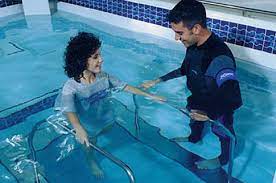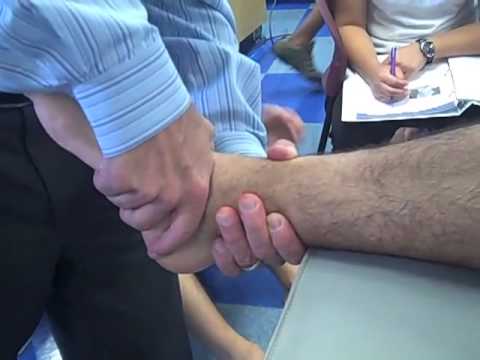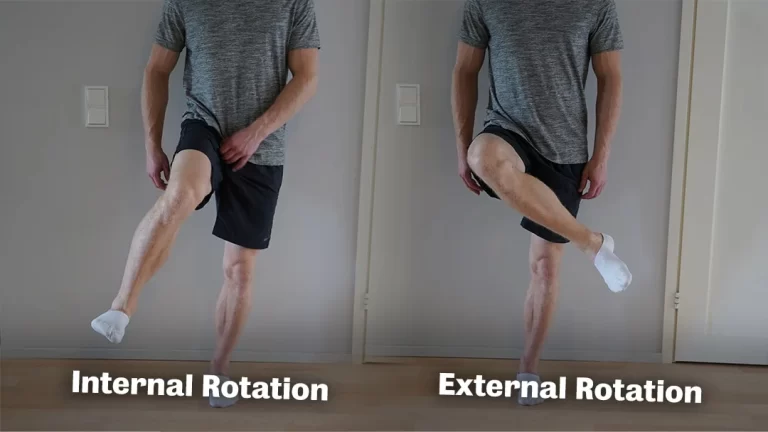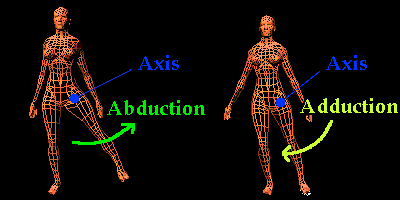Doman-Delacato Treatment Of Neurologically Handicapped Children
Table of Contents
What is a Doman-Delacato Treatment?
- The Institutes for The Achievement of Human Potential (IAHP), founded in 1955 by Glenn Doman and Carl Delacato, provide literature on and teaches patterning therapy (motor learning), which the Institutes promote as improving the “neurologic organization” of “brain injured” and healthy children through a variety of programs, including diet and exercise.
- The Doman Delacato method is a treatment therapy that was developed between 1955 and 1960 for “brain-injured” children, to use the term preferred by the developers.
- This category includes any and all children who have brain-related problems, including children with Down’s Syndrome.
- It was developed by Glenn Doman, a physical therapist and Carl Delacato, an educational psychologist.
BASIC OF DOMAN-DELACATO :

- Dr. Fay was a well known neurosurgeon who worked in the 1940s and 1950s. He developed several revolutionary neurosurgery techniques, but the theory that Doman and Delacato used was Dr. Fay’s theory that human brains develop in stages similar to the “tree of evolution” from a fish-like state near conception, up through a reptilian phase, then up to mammalian and finally fully to human.
- Doman and Delacato consider that damage occurring in the brain results in disorganisation of sensory experience and of motor function. They believe that by highly systematic movement and sensory input the undamaged brain cell can be stimulated, resulting in sensory and motor integration.
- The motor and sensory modalities of input are :
Motor
- mobility
- manual skill
- language
Sensory
- tactile competence
- understanding of sound
- visual competence.

PROGRAM FOR SPECIAL CHILD :
> Patterning – manipulation of limbs and head in a rhythmic fashion
> Creeping – forward bodily movement with the abdomen in contact with the floor
> Crawling – forward bodily movement with the abdomen raised from the floor
> Receptive stimulation – visual, tactile and auditory stimulation
> Expressive activities – e.g. picking up objects
> Masking – breathing into a re-breathing mask to increase the amount of carbon dioxide inhaled, which is purported to increase cerebral blood flow
> Brachiation – swinging from a bar or vertical ladder
> Gravity/Anti-gravity activities – rolling, somersaulting and hanging upside down.

TREATMENT TECHNIQUES :
- The Doman Delacato method uses techniques such as patterning, crawling, creeping, receptive stimulation, expressive activities, masking, brachiation and gravity/counter gravity exercises in the course of the program.
- The first step, patterning, means to move the head, arms and legs in rhythmic, repetitive patterns.
- Crawling means to help the child do forward motions with the abdomen in contact with the floor, while creeping means to do forward motion with the abdomen off of the floor. Yes, it seems kind of turned around in terminology, but that’s the specific definitions used for this method.
- Expressive activities refers play activities like picking up objects.
- Masking is a technique used where the child breathes into a mask and rebreathes the same air, thus increasing the level of carbon dioxide taken in each breath. The increase in carbon dioxide automatically increases blood flow to the brain as the body’s way of responding to risk of suffocation. Considering that each breath does not use up all of the oxygen in the air, it’s not harmful unless done to excess.
- However, instead of using this method, I’d suggest getting the child to laugh instead. It does the exact same thing to the brain and is a lot safer and less potentially traumatizing.
- Brachiation means to help the child hang from his arms off of a bar or crosspiece, feet not touching the ground and gravity/counter-gravity exercises refer to such activities as rolling, somersaults, and hanging upside down.
- Many of these techniques can be found in physiotherapist or occupational therapy today, and are frequently used in early intervention now, but in the time the Doman Delacato method was started, this was not the norm.
Summary:
The Doman-Delacato Treatment, also known as the “patterning” or “neurodevelopmental treatment,” was a controversial therapy developed in the mid-20th century by Glenn Doman and Carl Delacato.
The treatment was aimed at children with developmental delays or brain damage and was based on the idea that the brain could be “rewired” through repetitive physical exercises and sensory stimulation. The therapy involved a combination of physical therapy, sensory integration, and cognitive exercises, with the aim of helping children to develop cognitive and motor skills.
However, the effectiveness of the Doman-Delacato treatment has been heavily criticized by the medical community, and there is no scientific evidence to support its claims. In fact, some of the techniques used in the therapy have been found to be potentially harmful, such as forcing a child to crawl before they are developmentally ready or the use of invasive procedures like enemas and brain stimulation. As a result, the use of the Doman-Delacato treatment has declined significantly in recent years, and it is not considered a mainstream therapy for children with developmental delays or brain damage.







I was on this program and it made me regress instead of improve.